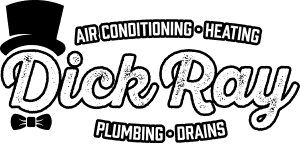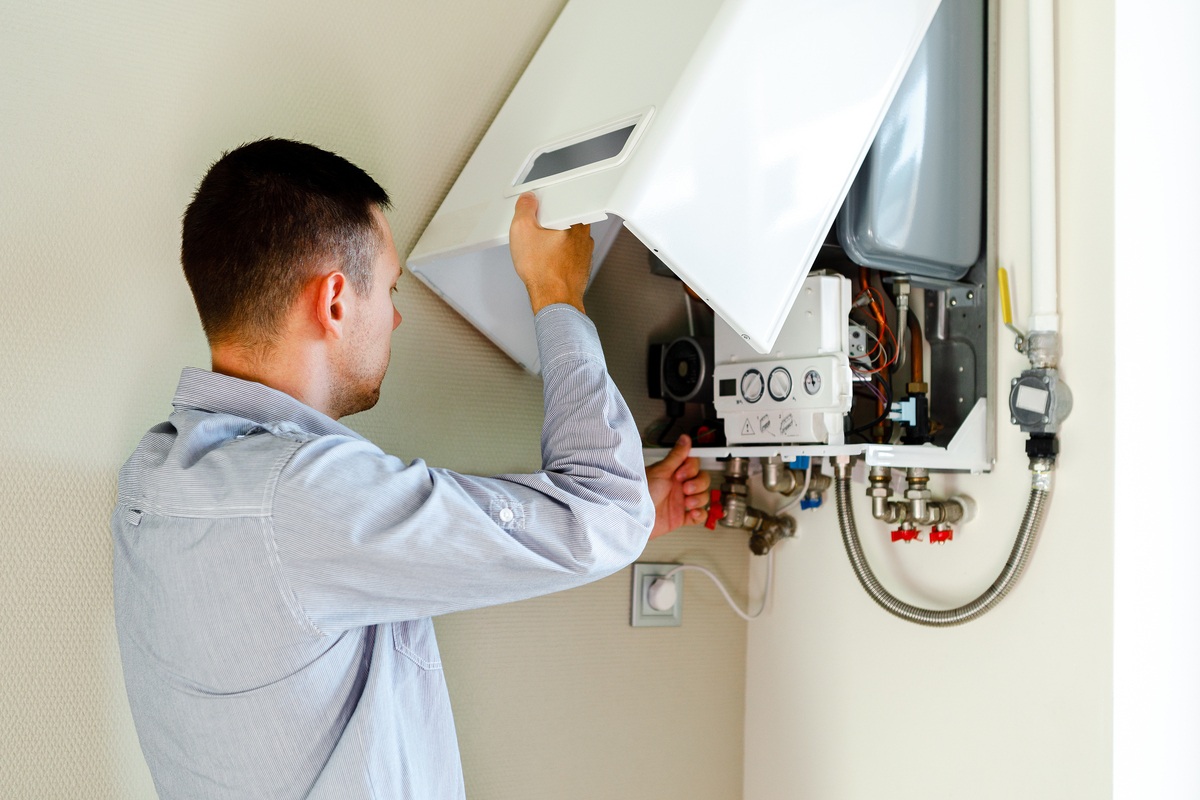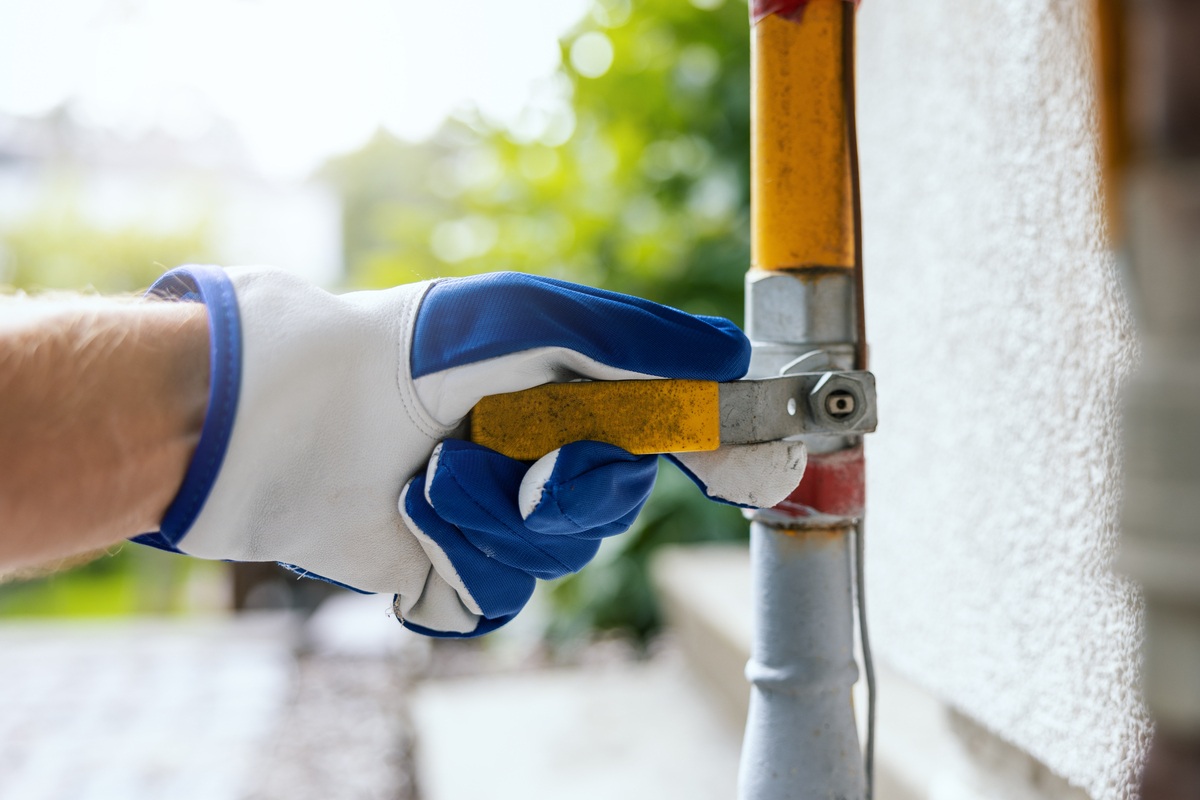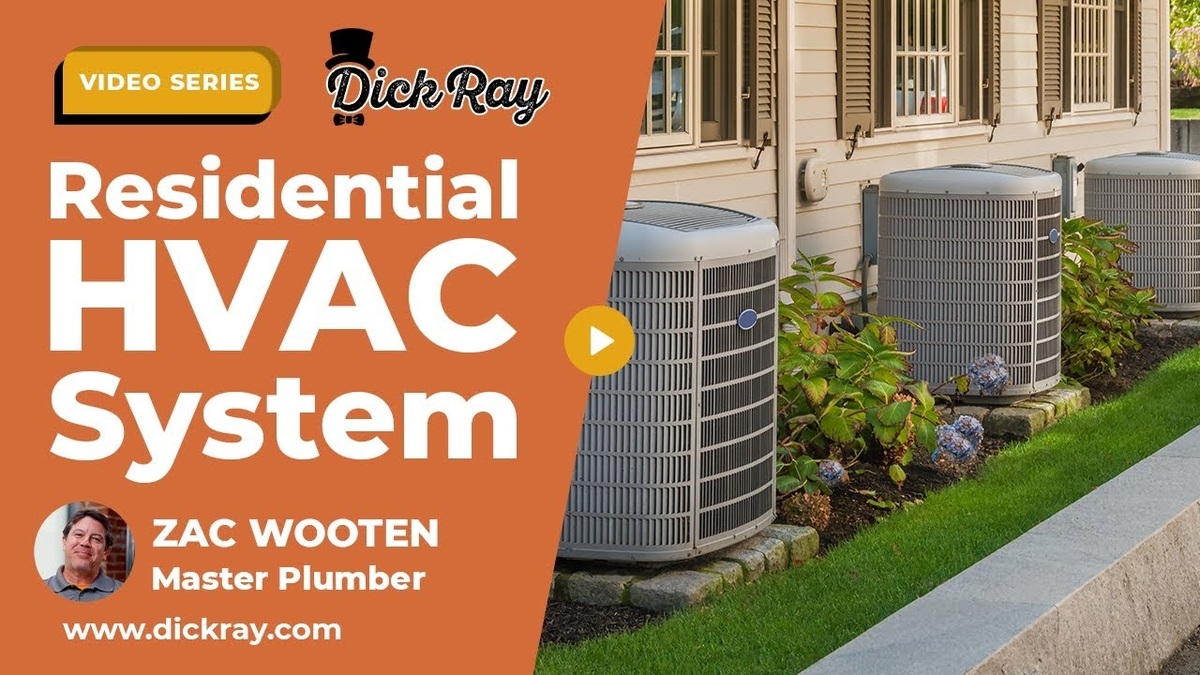When it comes to upgrading your home, repiping might not be the first project you think of. However, if you’ve been dealing with low water pressure, frequent leaks, or discolored water, it could be the most critical improvement you need. Repiping a house might sound daunting, but with a clear understanding of the process, you can see just how manageable and beneficial it truly is.
What Does Repiping a House Involve?
Repiping a house involves replacing the old, deteriorated pipes with new ones. This process typically addresses issues caused by old galvanized pipes, which, much like our arteries, become clogged and ineffective over time. Here’s a step-by-step breakdown of what the repiping process entails:
1. Removing Old Pipes
The first step in repiping a house is removing the old galvanized water lines. These pipes, often decades old, can become so clogged that water flow is severely restricted. Removing these pipes is essential to restore proper water flow.
2. Installing New Pipes
Once the old pipes are removed, new pipes are installed. This often involves cutting access holes in walls or ceilings, though professionals strive to minimize this disruption. Starting at the main entrance valve, the entire piping system is replaced up to the delivery points, such as sinks and faucets. This ensures that all water lines are modern and efficient.
3. Choosing Pipe Materials
In the past, copper was the material of choice for repiping. However, due to its high cost, many professionals now use PEX (cross-linked polyethylene) pipes. PEX pipes are more flexible, easier to install in walls, and require fewer access holes, making the process less intrusive.
4. Installing Pressure Reducing Valves
If the water pressure entering your home exceeds 80 psi, a pressure-reducing valve is required by code. This valve ensures that your home’s water pressure remains at a safe level, preventing potential damage to the new piping system.
5. Replacing Shut-off Valves
As part of the repiping process, all shut-off valves under sinks and faucets are replaced. This step ensures that every component of your water delivery system is new and functioning optimally.
6. Enhancing Water Flow
After the new pipes and shut-off valves are installed, the water flow in your home will be significantly improved. It’s almost like having a brand-new house, with water flowing more efficiently and effectively.
Old Materials vs. New Materials
When repiping a house, the materials used can significantly impact the effectiveness and longevity of the new system. Here’s a comparison of old and new materials:
Galvanized Pipes
- Old Pipes: Galvanized steel pipes, which were commonly used in older homes, corrode and clog over time.
- Problems: Reduced water flow, leaks, and potential contamination from rust and corrosion.
PEX Pipes
- New Pipes: PEX pipes are now favored due to their flexibility, ease of installation, and durability.
- Benefits: Less invasive installation, fewer access holes, and improved water flow.
Level of Intrusion During Repiping
The level of intrusion during the repiping process depends on the structure of your home:
Single-Story Homes with Basements
For single-story homes with exposed basements, repiping is relatively straightforward with minimal intrusion. Existing holes are often used, and there is little need for extensive wall or ceiling access.
Multi-Story Homes
For two-story homes, accessing and threading new pipes through walls can be more challenging. Professionals may need to cut small access holes at the top and bottom of walls, but they avoid opening entire walls floor-to-ceiling. This approach minimizes disruption while allowing necessary access for pipe installation.
Repiping Drain Lines
In addition to water lines, repiping can also involve replacing old drain lines. Older homes often have cast iron or galvanized drain pipes, which can crack or become severely clogged over time. Replacing these with smooth PVC or ABS pipes eliminates clogs and sewer odors, ensuring a more efficient drainage system.
In Summary
Repiping a house may seem like a major project, but it brings substantial benefits, including improved water flow, fewer leaks, and better water quality. Whether you’re dealing with old galvanized pipes or outdated drain lines, repiping can transform your home’s plumbing system, making it feel like new again.
For any questions or to schedule a consultation, contact us today. Our team of professionals is ready to help you through every step of the repiping process.




